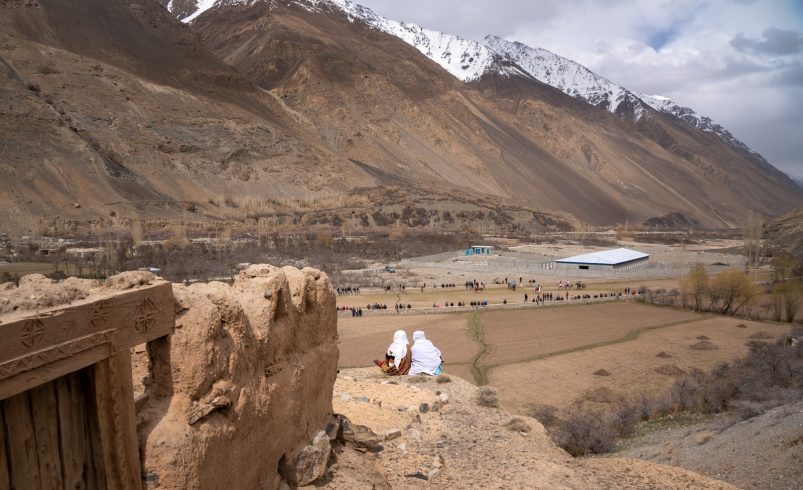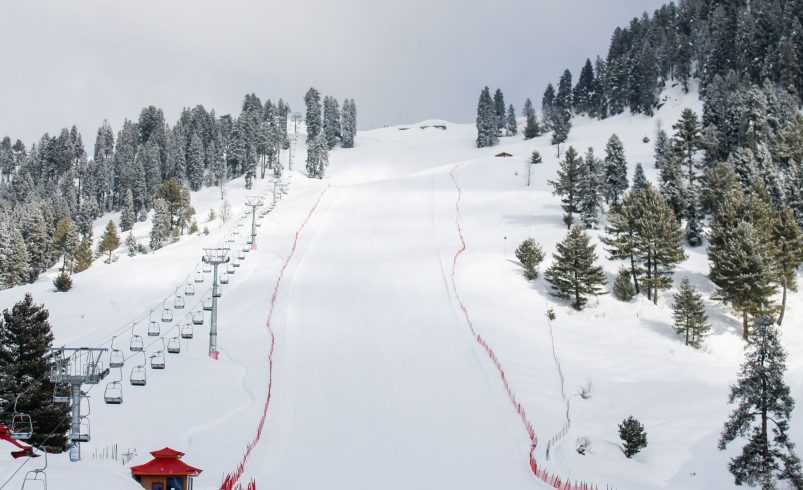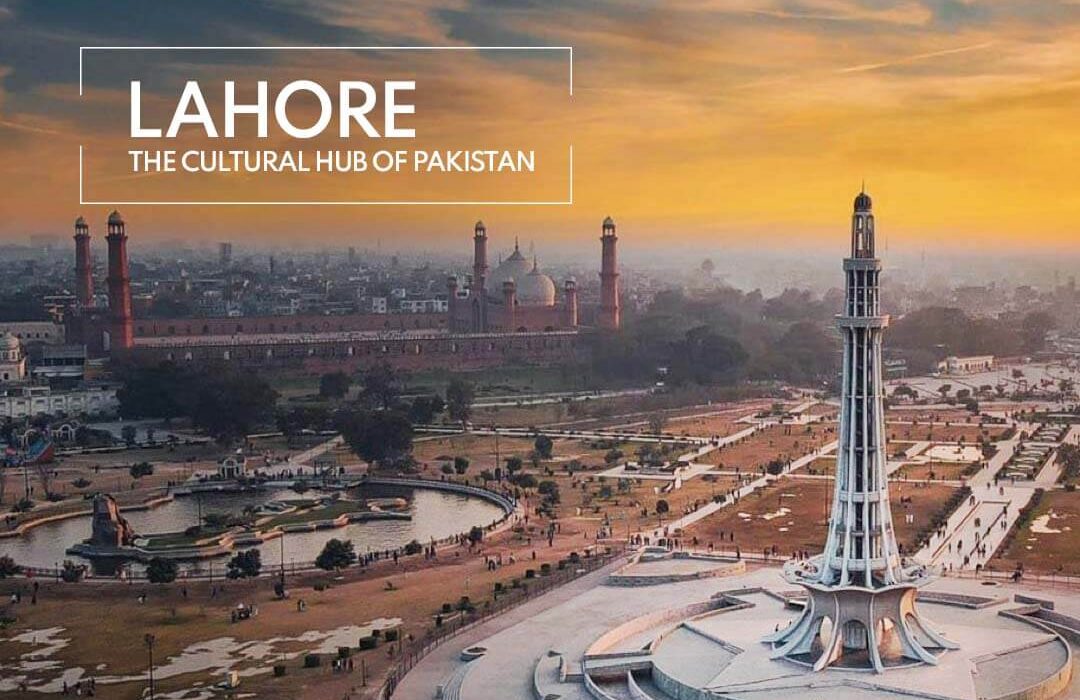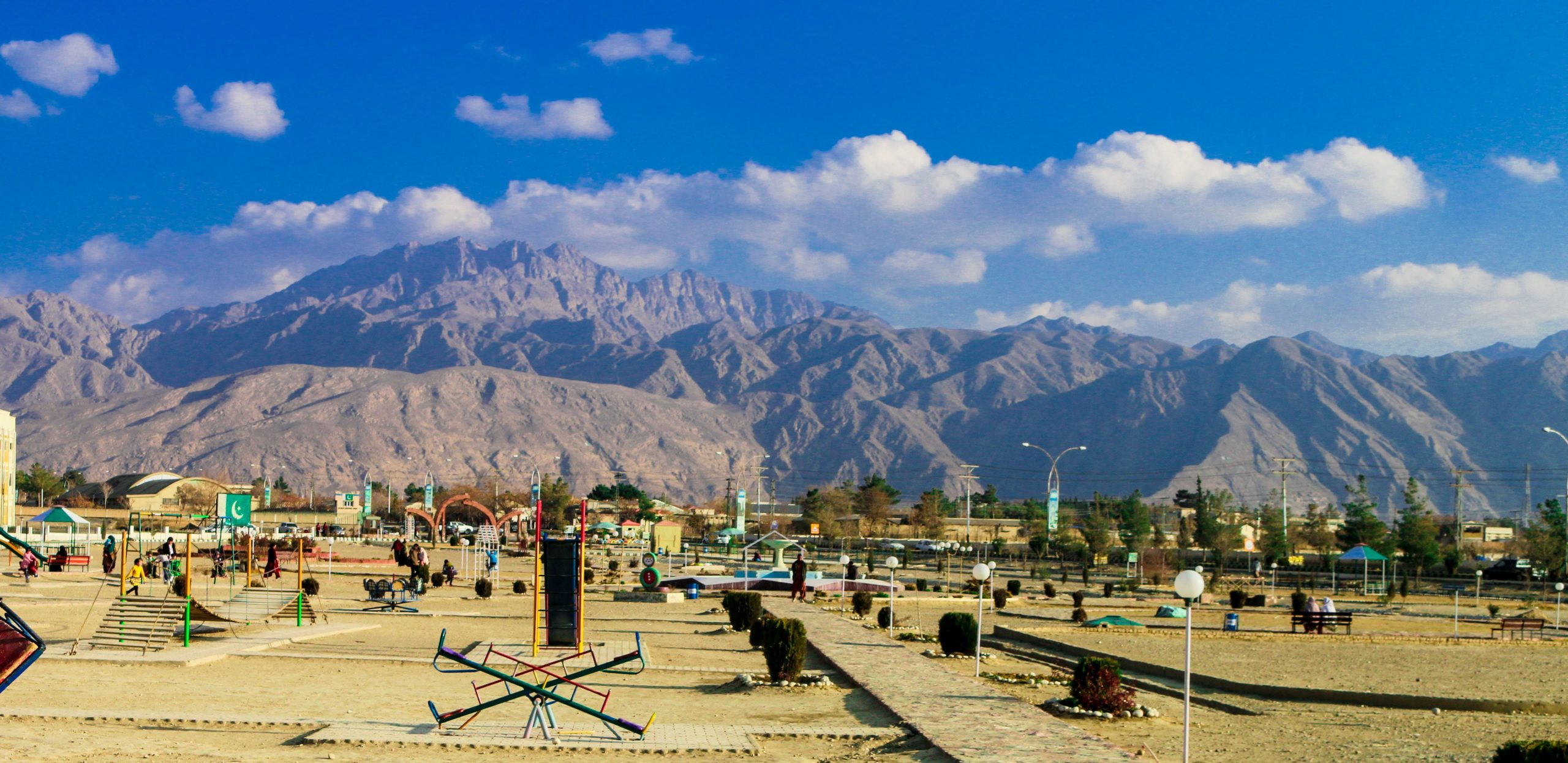
- May 8, 2025
📍 Introduction
Nestled deep in the Upper Hunza region near Sost, the Chipursan Valley is one of Pakistan’s last untouched treasures. This magical valley lies close to the borders of Afghanistan’s Wakhan Corridor and China, giving it a unique blend of cultures, traditions, and landscapes.
Travelers looking for serenity, adventure, and authentic Wakhi culture find Chipursan to be a soul-refreshing escape. The valley is less crowded than mainstream spots like Hunza or Skardu, making it ideal for those who want a raw, off-the-beaten-path experience.
Quick Facts:
- Location: Upper Hunza, Gilgit-Baltistan, Pakistan
- Altitude: 3,000-3,800 meters
- Best Time to Visit: May to October
- Known For: Baba Ghundi Shrine, treks, Wakhi culture, border proximity
🏺 History of Chipursan Valley
The history of Chipursan Valley is as rich and layered as its dramatic mountain ranges. Historically, the valley served as a caravan route connecting Wakhi tribes from Afghanistan, Tajikistan, and Pakistan.
- The people here are primarily ethnic Wakhi, believed to have migrated from the Pamir mountains centuries ago.
- Baba Ghundi, the valley’s spiritual icon, is said to have brought Islam to this remote region.
- In ancient times, Chipursan served as a minor but strategic path for Silk Road travelers navigating between Central Asia and South Asia.
This historic mix has shaped Chipursan into a cultural bridge, combining influences from Persian, Turkic, and Tibetan civilizations.
🎎 Cultural Heritage
🕊️ Unique Wakhi Traditions
Chipursan’s cultural backbone is its Wakhi community. These warm-hearted people:
- Speak Wakhi (an Eastern Iranian language)
- Follow Ismaili Islam (led by the Aga Khan)
- Practice ancient festivals like Tagham (Harvest Festival) and Ginani (Crop Celebration)
🏠 Village Life
There are about 7 main villages in Chipursan:
- Yarzerech
- Raminj
- Kirmin
- Kil
- Reshit
- Sher-e-Sabz
- Zood Khun (the last inhabited village)
In each, you’ll see mud houses, organic farming, and yak grazing, reflecting a lifestyle frozen in time yet filled with resilience.
📅 Best Time to Visit Chipursan Valley
- May to October is ideal, with clear skies and open roads.
- July-August: Best for festivals and cultural events.
- Avoid winter (Nov-April) due to snow-blocked roads and extreme cold.
🛣️ How to Reach Chipursan Valley from Islamabad
- Islamabad to Gilgit (flight or 18 hrs drive)
- Gilgit to Hunza (Karimabad) – 2.5 hours by road
- Hunza to Sost – 1.5 hours
- Sost to Chipursan Valley (Zood Khun) – 3 hours via jeep-only route
📝 Tip: You must hire a local 4×4 jeep from Sost or Passu to access Chipursan, as regular vehicles can’t handle the rugged path.
🗺️ Places to Visit in Chipursan Valley
🕌 Baba Ghundi Shrine
- Spiritual center of the valley
- Annual Baba Ghundi festival draws hundreds
🏞️ Zood Khun Village
- The last inhabited village before Wakhan Corridor
- Base for treks to Irshad Pass and Pamir Plateau
🌋 Yashkuk Lake
- A pristine alpine lake accessible via a 3-4 hour trek
⛰️ Irshad Pass
- Trekking route connecting Pakistan with Afghanistan’s Wakhan
🚵 Activities to Do in Chipursan Valley
- Trekking to Irshad Pass and Pamir Plateau
- Camping by Yashkuk Lake
- Yak safaris with Wakhi herders
- Attending festivals like Baba Ghundi Urs
- Birdwatching (snowcocks, golden eagles)
🎊 Local Festivals & Events
- Baba Ghundi Urs (August)
- Ginani Festival (June-July)
- Tagham Festival (Harvest celebration)
These festivals are perfect opportunities to experience Wakhi music, dance, and food.
🏡 Where to Stay in Chipursan Valley
- Homestays in villages like Zood Khun and Kirmin
- Basic guesthouses near Baba Ghundi
- Camping options by lakes or trekking routes
📝 Tip: Always pre-book your homestay via local travel guides in Sost.
🍲 What to Eat in Chipursan Valley
- Molida: Wakhi-style bread porridge
- Shulbuth: Traditional yak meat stew
- Butter tea (salted, Yak butter-based)
- Apricot products: jams, dry fruits
🍑 Note: Chipursan is famous for its organic apricots and dried fruits.
💰 Estimated Costs in PKR
- Transport (Jeep Sost-Chipursan return): PKR 12,000-15,000
- Homestay/night: PKR 2,500-4,000
- Meals/day: PKR 1,500
- Guide charges (trekking): PKR 4,000/day
📅 Suggested Itinerary (5 Days from Islamabad)
🚩Day 1: Islamabad → Gilgit → Hunza
🌲Day 2: Hunza → Sost → Chipursan Valley
🏞️Day 3: Visit Baba Ghundi, Zood Khun village trek
🏔️Day 4: Trek to Yashkuk Lake or Irshad Pass base
🏡Day 5: Return to Hunza → Gilgit
🗺️ Nearby Places & Distances
- Sost (Gateway to China): 3 hrs drive
- Passu Cones: 4 hrs drive
- Khunjerab Pass: 5 hrs drive
- Karimabad (Central Hunza): 6 hrs drive
🎒 Travel Packing Checklist
- Warm clothing (nights are cold year-round)
- Trekking boots
- Power banks (limited electricity)
- Water purification tablets
- Personal medicines
- National ID/Passport (near border zone)
🚑 Emergency Contacts & Health Precautions
- Rescue 1122 (Hunza): +92 5813 920133
- Sost Police Station: +92 5813 920018
- Carry altitude sickness medication
- Get vaccinated (Typhoid, Hepatitis A)
💡 Travel Tips for Chipursan Valley
- Hire a local guide for treks (mandatory near border areas)
- Carry cash (no ATMs beyond Hunza)
- Avoid winter travel
- Respect local customs and Ismaili traditions
- Always inform local police before crossing treks near Irshad Pass
❓ FAQs
🔎 Is Chipursan Valley safe for tourists in 2025?
Absolutely! Chipursan Valley is a peaceful and safe place for domestic and foreign tourists. Just make sure to register with local authorities when trekking near border areas.
🌦️ What’s the best time to travel Chipursan Valley?
The ideal time is May to October when roads are open, and the weather is pleasant. Avoid winters as the valley gets heavy snow and roadblocks.
🏕️ Are there hotels in Chipursan Valley?
No big hotels, but you’ll find authentic homestays run by Wakhi families, offering simple yet warm hospitality.
⛰️ What treks can I do in Chipursan Valley?
You can trek to Irshad Pass, Yashkuk Lake, and Pamir Plateau. These treks offer breathtaking views and a chance to witness untouched nature.
🚙 Do I need a 4×4 jeep to reach Chipursan?
Yes, only 4×4 jeeps can navigate the rugged roads from Sost to Chipursan Valley. Regular cars won’t make it.
📱 Is there mobile network in Chipursan?
Limited coverage. Only SCOM network works in some villages. It’s advisable to inform family beforehand.
🍴 What food is available in Chipursan?
Enjoy traditional Wakhi cuisine like Molida, yak stew, and organic apricots. Don’t expect fast food chains here!
🏔️ Can foreigners visit Chipursan Valley?
Yes, but foreign tourists need a NOC (No Objection Certificate) for treks near the border zones like Irshad Pass.
🎒 How should I pack for Chipursan?
Bring warm clothes, trekking gear, power banks, and cash. Nights get chilly even in summer!
🚑 What health precautions should I take?
Carry medicines for altitude sickness and get vaccinated against Hepatitis A and Typhoid before travel.
🏔️ Conclusion: Why Chipursan Valley Should Be On Your 2025 Bucket List
If you’re craving a pure, unfiltered adventure far from tourist crowds, Chipursan Valley should be your next destination. With its stunning alpine scenery, ancient Wakhi culture, sacred shrines, and thrilling treks, it’s a place where time seems to stand still.
Whether you’re a trekker, a culture seeker, or a traveler chasing remote corners of the earth, Chipursan offers an unforgettable slice of Pakistan’s hidden beauty.
So, pack your bags and let Chipursan Valley awaken the adventurer in you for 2025!






